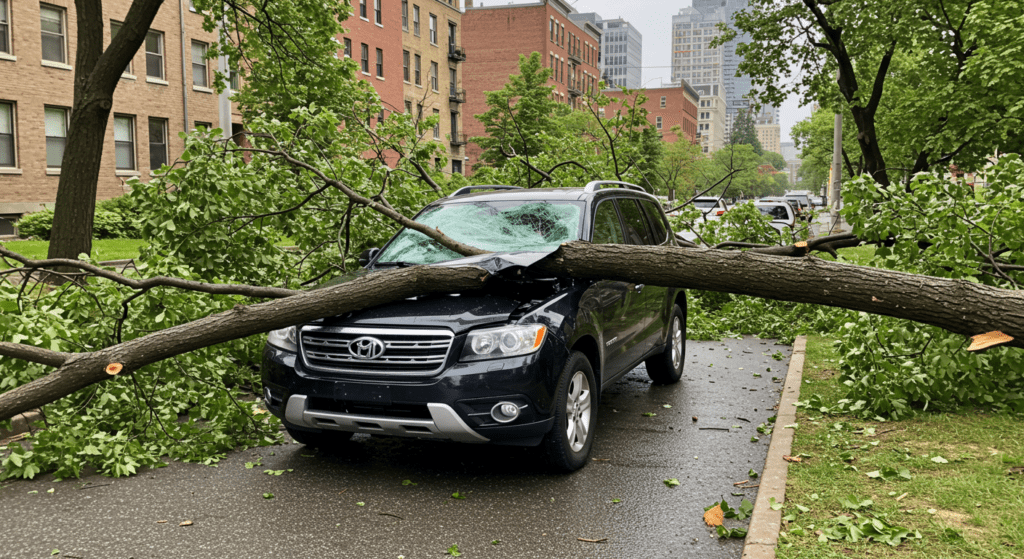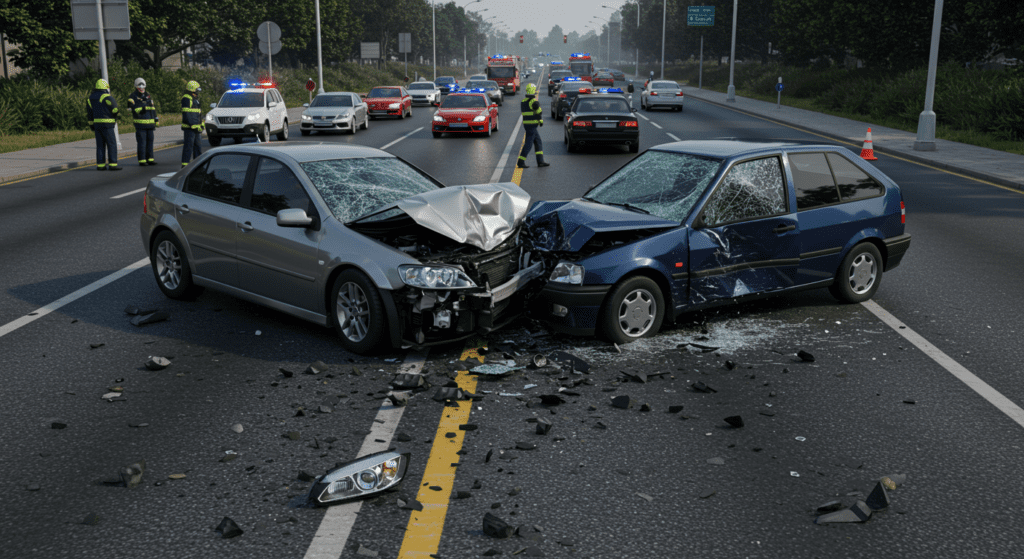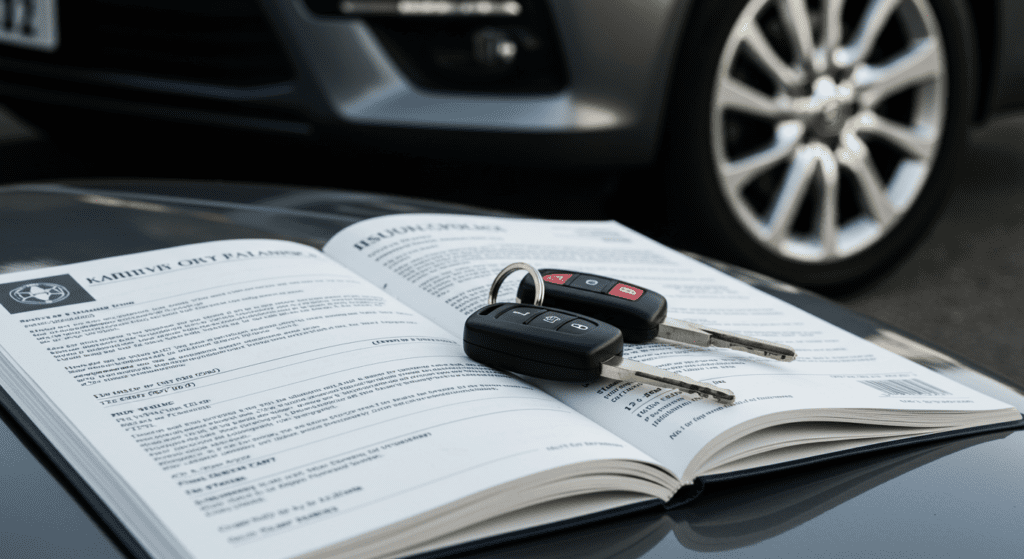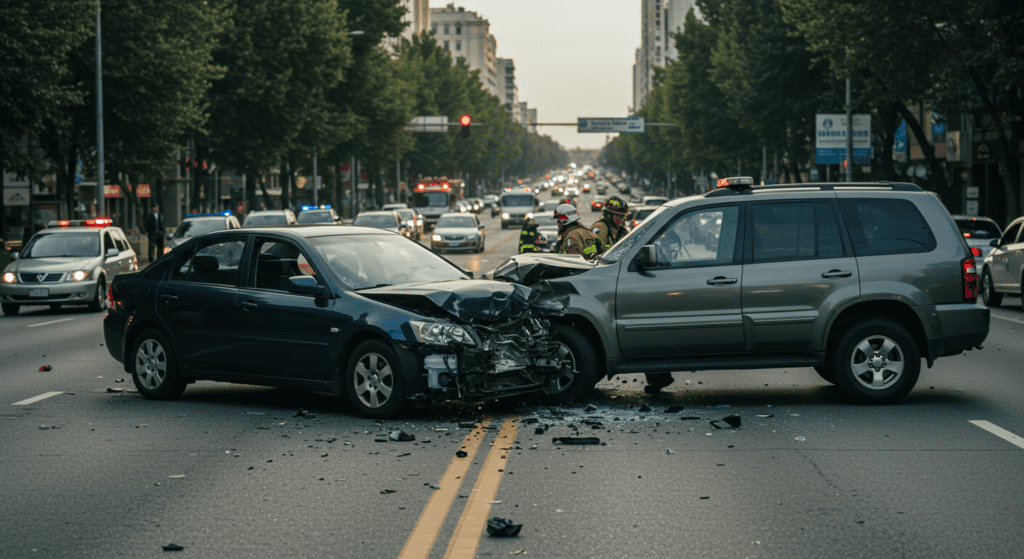- Introduction to Comprehensive vs. Collision Coverage
- What Is Comprehensive Coverage?
- What Is Collision Coverage?
- Key Differences Between Comprehensive and Collision Coverage
- When Comprehensive Coverage Can Benefit You
- When Collision Coverage Is Essential
- Cost Factors: How Premiums Differ
- Real-World Scenarios: Choosing the Right Coverage
- Policy Limitations and Exclusions to Consider
- Making an Informed Decision on Your Coverage Choices
1. Introduction to Comprehensive vs. Collision Coverage
Finding the right car insurance is crucial for every driver. When choosing auto coverage, one of the biggest decisions is between comprehensive and collision coverage. Both options protect your vehicle in different ways. Knowing how each works can help you secure the best policy when something unexpected happens.

2. What Is Comprehensive Coverage?
Modern security systems reduce risks by providing real-time monitoring and rapid emergency response. They deter burglars and alert homeowners of emergency situations like fires or break-ins. When your home is protected, the likelihood of a claim decreases. Insurance companies reward these risk mitigation efforts by offering discounts. Home security systems not only safeguard your personal belongings but also contribute to overall neighborhood safety.
3. What Is Collision Coverage?
Collision coverage is designed for accidents involving your vehicle and other fixed objects or cars. Whether you crash into another vehicle or hit a stationary object like a guardrail, collision coverage repairs the damage. It is an essential option if you drive in areas with heavy traffic or poor road conditions. Unlike comprehensive coverage, collision focuses solely on accidents that involve physical impact with an object or another vehicle.

4. Key Differences Between Comprehensive and Collision Coverage
While both protect your vehicle, comprehensive and collision coverage have important differences. Comprehensive covers non-collision-related incidents, while collision fixes damage stemming from a physical impact. For example, if a tree limb falls on your car, comprehensive coverage applies. If you accidentally rear-end another car, collision coverage comes into play. Both types of insurance have deductibles that affect your payout. They also differ based on the risk factors associated with your driving habits and environment.
5. When Comprehensive Coverage Can Benefit You
Comprehensive coverage becomes particularly valuable in areas prone to natural disasters. It also offers significant protection if your car is parked in a location where theft or vandalism is common. Even if you remain a cautious driver, uncontrollable situations like a falling tree or a stray animal can result in costly repairs. Comprehensive coverage ensures that you are financially protected, giving you peace of mind. People who live in regions with frequent hailstorms or heavy rain may find more benefit in comprehensive coverage than those who live in calm weather areas.

6. When Collision Coverage Is Essential
If you frequently drive on busy roads, collision coverage may be essential. Everyday driving carries risks, even for careful drivers. Minor fender-benders or multi-car pileups can lead to unexpected repair bills. Collision coverage addresses the costs of repairing your vehicle if you are at fault in an accident. It is highly recommended for those who commute in heavy traffic or drive in urban areas. Moreover, if you have a new or high-value vehicle, collision coverage can preserve your investment by ensuring that repair costs do not sink your finances.
7. Cost Factors: How Premiums Differ
When evaluating both comprehensive and collision coverage, cost is a major consideration. Premiums for comprehensive coverage tend to be lower than collision premiums. This is because comprehensive coverage generally addresses lower risk events. Rates may fluctuate based on your vehicle’s value, driving history, and location. Collision coverage may have higher premiums if you have a record of accidents or if you drive in congested cities. Your deductible—the amount you pay out of pocket before coverage kicks in—also impacts monthly expenses. It is vital to assess your budget and individual risks when comparing premiums.

8. Real-World Scenarios: Choosing the Right Coverage
Imagine that you park your car overnight near a busy street and next morning you find damage on the windshield caused by a stray baseball. Comprehensive coverage would cover the repairs. In another scenario, you might be involved in a low-speed accident in heavy traffic hitting another vehicle. Here, collision coverage would ensure that you are not burdened by the repair bills. Each scenario highlights how each type of coverage serves a distinct purpose. Consider the likely events in your day-to-day life when making a decision between the two options.
9. Policy Limitations and Exclusions to Consider
Not all situations are covered by comprehensive or collision coverage. Most policies have limitations and exclusions. For example, comprehensive coverage generally does not apply if the damage comes from intentional acts or if the vehicle is being used in a risky manner. Collision coverage usually does not cover incidents involving uninsured drivers. It is essential to read your auto insurance policy carefully. Understanding policy limitations will help you avoid surprises during the claim process. Also, know that additional coverage options or endorsements may be available to bridge certain gaps in protection.

10. Making an Informed Decision on Your Coverage Choices
Determining the right balance between comprehensive and collision coverage is a personal decision. Evaluate your driving habits, daily routine, and local risks. Do you live in an area with unpredictable weather, or does your commute involve high traffic? Can you afford to pay higher premiums for a more extensive insurance package? Answering these questions will guide you. It might also be beneficial to consult an insurance expert. They can provide tailored advice based on your personal situation and help you understand all the variables involved.
The choice between comprehensive and collision coverage should be based on an honest evaluation of your risk and finances. Balancing the potential risk against the cost of your premium creates a policy that delivers peace of mind and satisfactory protection. Always compare different policies from multiple insurance companies. Look at customer reviews, check the reputation of the providers, and review policy fine print. It is crucial to be informed before making a long-term financial commitment.
Each driver’s needs are unique. Some individuals might lean more toward comprehensive coverage while others see a higher necessity for collision protection, especially if they live in a bustling urban environment. Too often, drivers assume that their insurance adequately covers every situation without understanding the fine details. A thorough review of your current coverage is always recommended, as it may reveal gaps that you did not notice before. Remember, the goal is to secure the best possible protection for your vehicle, no matter what circumstances you might face.
Consider additional factors when choosing your auto insurance coverage. For example, the age and model of your car might influence your decision. Older vehicles with lower market values could benefit more from comprehensive coverage. Newer or high-value vehicles might justify the cost of both comprehensive and collision coverage. Additionally, your driving record plays an important role. If you have a history of accidents, higher collision premiums could add up quickly, making comprehensive coverage a more cost-effective option if most risks are non-collision related.
Many drivers find that bundling their comprehensive and collision coverage together brings convenience and savings. Insurance companies often offer discounts for bundled policies, encouraging drivers to secure a more complete package. This strategy not only simplifies your coverage management but often results in significant savings over the term of your policy. Be sure to ask about discounts when discussing options with your insurance provider.
Stay proactive about reviewing your policy periodically. Changes in your personal circumstances or your driving environment might warrant adjustments to your coverage levels. Life transitions such as moving to a new city, purchasing a different type of vehicle, or even a change in your daily commute can affect your insurance needs. By staying on top of your policy details, you can avoid unpleasant surprises later on.
Concluding Thoughts
In conclusion, understanding comprehensive vs. collision coverage is vital for every driver. Both types of coverage provide protection but differ in the events they cover. Comprehensive insurance deals with damage from non-collision incidents, while collision insurance addresses damage from car accidents. Carefully weigh the risks in your everyday driving environment. Consider cost factors, potential scenarios, and policy limitations before reaching your final decision. Taking a proactive approach in evaluating your auto insurance options will help you secure adequate protection for your vehicle and your peace of mind.
